Rising Health Consciousness
The Dried Herbs Market is experiencing a notable surge in demand driven by an increasing awareness of health and wellness among consumers. As individuals become more health-conscious, they are gravitating towards natural and organic products, including dried herbs, which are perceived as healthier alternatives to artificial flavorings and preservatives. This trend is reflected in market data, indicating that the demand for dried herbs is projected to grow at a compound annual growth rate of approximately 5.5% over the next five years. Consumers are increasingly seeking out dried herbs for their potential health benefits, such as antioxidant properties and anti-inflammatory effects, further propelling the market forward. The Dried Herbs Market is thus positioned to benefit from this shift towards healthier eating habits.
Culinary Innovation and Trends
The Dried Herbs Market is significantly influenced by the ongoing culinary innovation and evolving food trends. Chefs and home cooks alike are increasingly incorporating dried herbs into their recipes to enhance flavors and create unique dishes. The rise of gourmet cooking and the popularity of international cuisines have led to a greater appreciation for diverse herb varieties. Market data suggests that the culinary sector is a major driver of growth, with dried herbs being utilized in sauces, marinades, and seasonings. This trend is expected to continue, as consumers seek to elevate their cooking experiences. The Dried Herbs Market stands to gain from this culinary renaissance, as the demand for high-quality dried herbs continues to expand.
Cultural and Regional Influences
Cultural and regional influences play a crucial role in shaping the Dried Herbs Market. Different cuisines around the world utilize various dried herbs, leading to diverse consumer preferences. For instance, Mediterranean and Asian cuisines prominently feature herbs such as oregano, basil, and lemongrass, which are increasingly sought after in various markets. Market data suggests that the demand for specific dried herbs is often tied to cultural trends and culinary practices, with certain regions showing a higher propensity for particular herb varieties. This cultural diversity not only enriches the market but also presents opportunities for targeted marketing strategies. The Dried Herbs Market is thus poised to capitalize on these regional preferences, fostering growth through tailored product offerings.
E-commerce and Online Retail Growth
The Dried Herbs Market is experiencing a transformation due to the rapid growth of e-commerce and online retail platforms. As consumers increasingly turn to online shopping for convenience, the availability of dried herbs through various digital channels is expanding. This shift is supported by market data, which shows that online sales of dried herbs have increased by over 30% in recent years. The ease of access to a wide range of products, coupled with the ability to compare prices and read reviews, is driving consumer preferences towards online purchases. Consequently, the Dried Herbs Market is likely to see continued growth as e-commerce becomes a dominant sales channel, providing opportunities for both established brands and new entrants.
Sustainability and Eco-Friendly Practices
Sustainability has emerged as a pivotal driver in the Dried Herbs Market, as consumers increasingly prioritize eco-friendly products. The shift towards sustainable agriculture practices is influencing the sourcing and production of dried herbs. Many producers are adopting organic farming methods, which not only cater to health-conscious consumers but also align with environmental concerns. Market data indicates that the organic dried herbs segment is witnessing substantial growth, with an estimated increase of 7% annually. This trend reflects a broader movement towards sustainability in food production, where consumers are more inclined to support brands that demonstrate a commitment to environmental stewardship. The Dried Herbs Market is thus likely to benefit from this growing emphasis on sustainability.


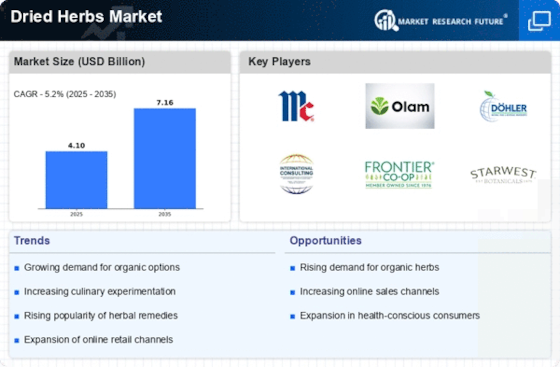
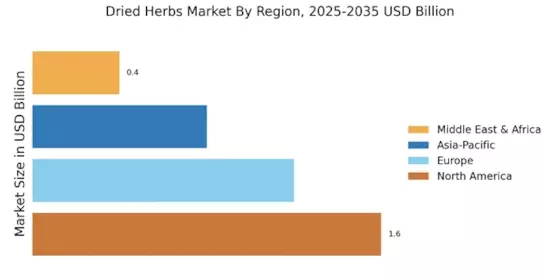
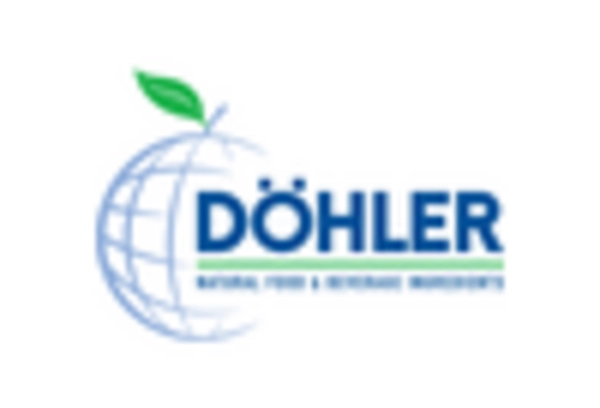
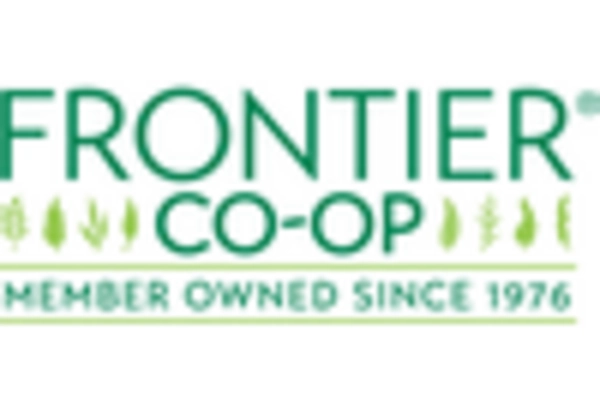

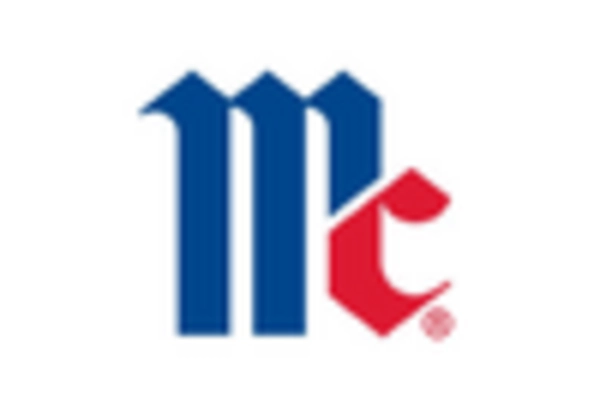
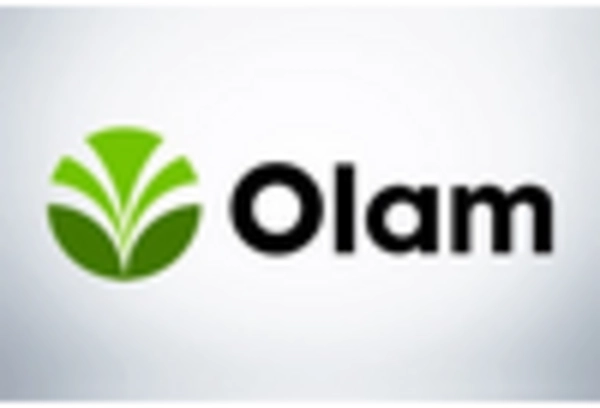
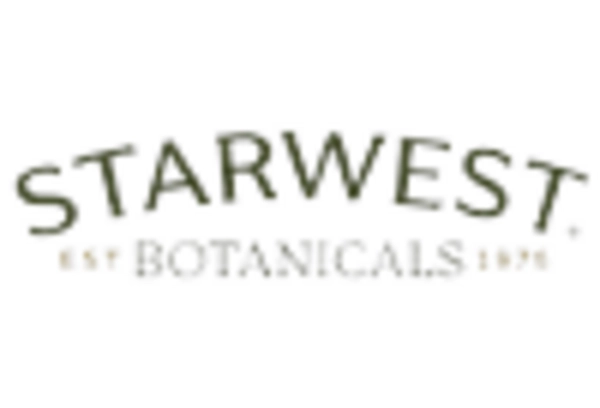








Leave a Comment